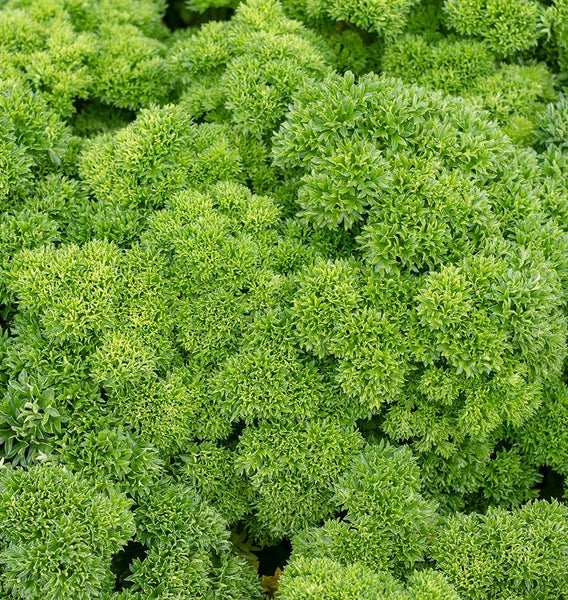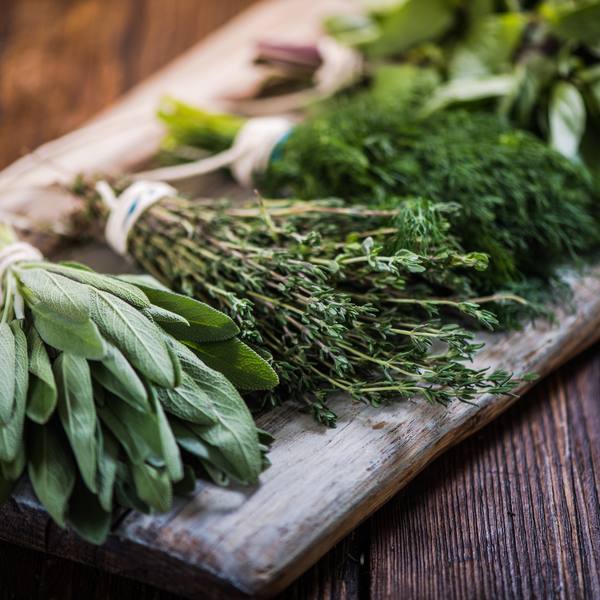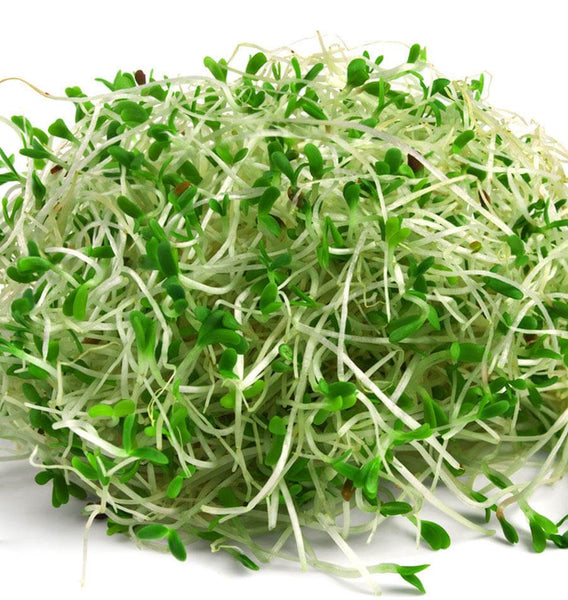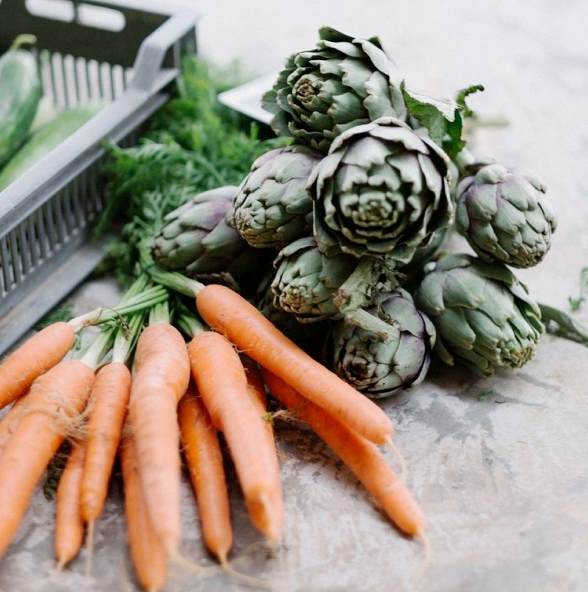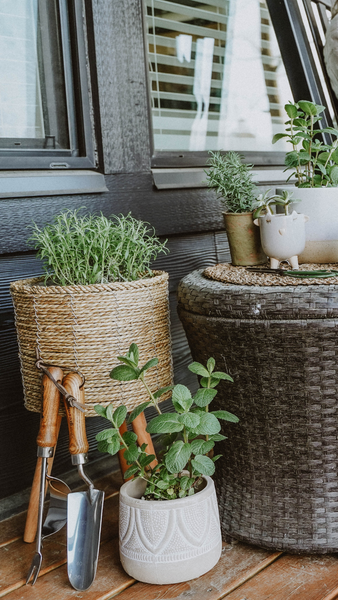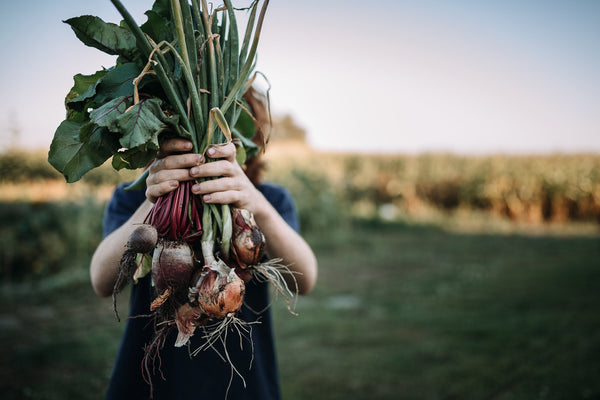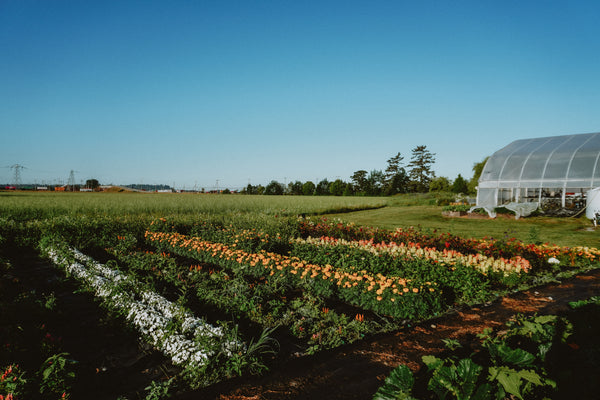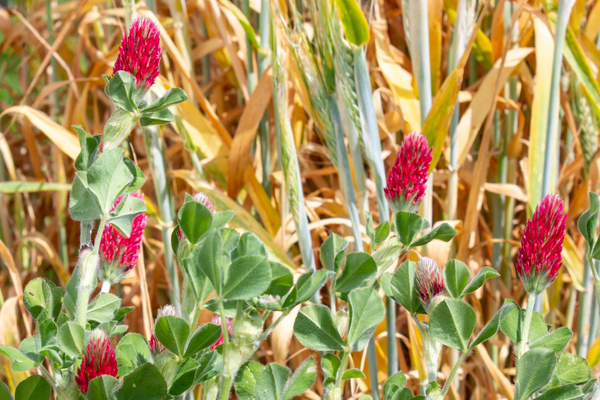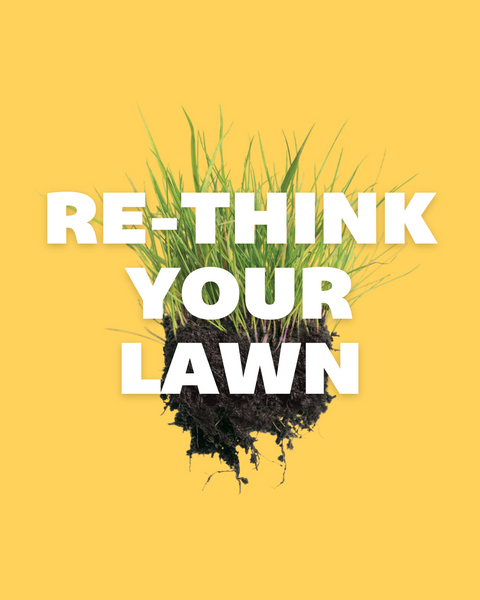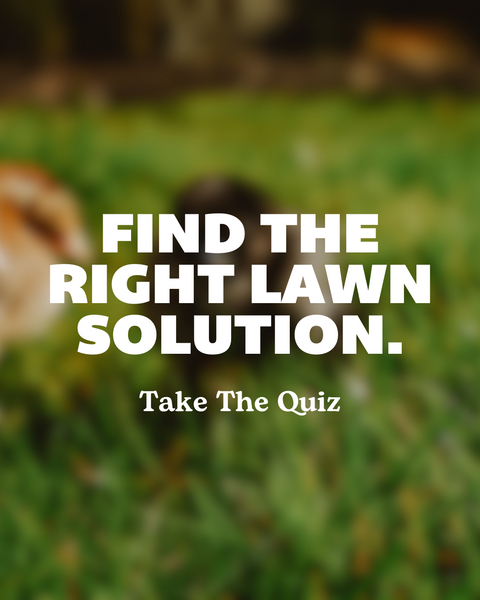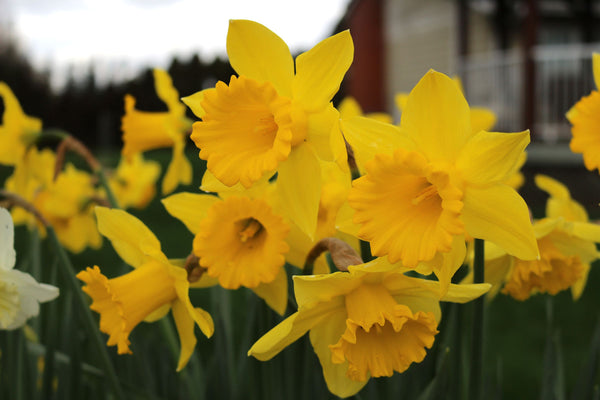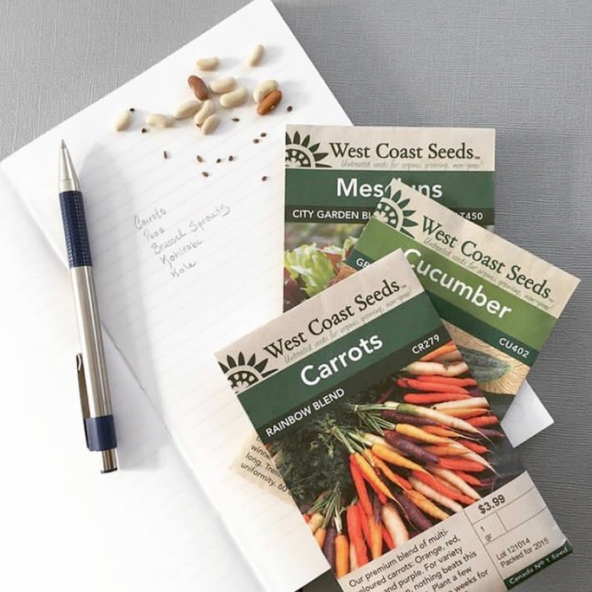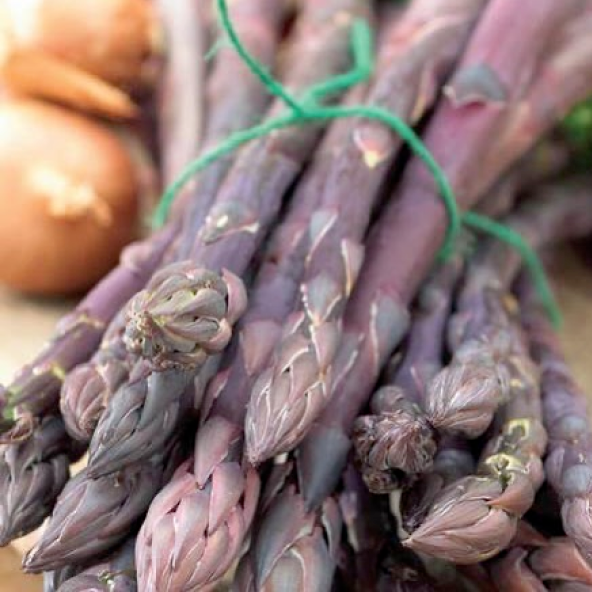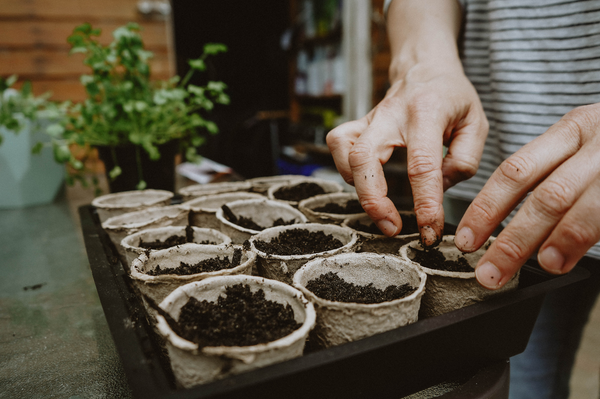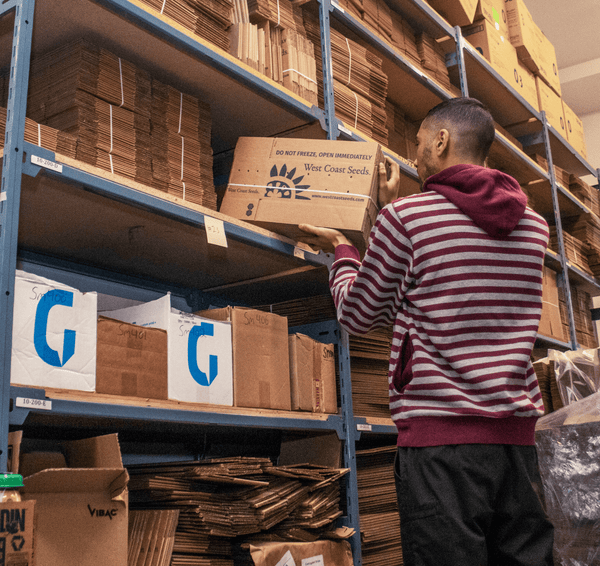Nettle has a rich history of gifting seasonal bounty to the human paying attention.
Nettle's story is woven into this Coast Salish place where I tend and witness plants, as well as to my own and others’ ancestral lands across Northern Europe and throughout Asia.
Stinging nettles are a culture connector.
Knowing some basics about how this garden friend can feed us, clothe us, and can do so as a part of the rhythm supporting pollinators is a great step in starting a fibre garden.
Pro-Tips
- Avoid spring foraging in areas you wish to gather ‘top shelf’ threads; pinching the plant leads to shorter fibres. Harvest where creep occurs for spring tea and potage herbs.
- Inside the stalk holds medicine to soothe welts, but I find handling the stalks or leaves brings numbing relief to sore joints.
- Cut stalks about 45 cm above ground so hollow tubes become pollinator winter habitat.
- When summer ‘green harvesting,’ both fibres and waxy bark peel like a ripe banana away from the inner pith of opened, fresh stalks. Try early summer then after dew returns.
- Dry, then rehydrate briefly for making twine and cordage.

If cloth is your desire, let plants finish the seasonal round and when leaves are long gone and stalks are looking brown to gray, gather for silver threads softer and silkier than linen. Temperature, rainfall, and soil conditions all play a part- sometimes it’s late September and other years mid-January when the best fibres are harvested.
- Autumn “nature retted” stalks are best dried and put in storage - aged stalks are significantly easier to pull fibres from then stalks just retted (the controlled rot required to access the pure cellulose fibre).
Planting nettles is an invitation to step into a good relationship with another species. Nettles love high nitrogen areas so keep this in mind when choosing where you plant. Consider gifts of nitrogen when it comes time to reciprocate to the nettles that are sharing so much with us.

Final Tip?
If you don’t already know how to make two ply cordage, find someone who can teach you this garden season, or put this on your search list for a future rainy internet day - find community, and let the journey begin.
Sharon Kallis gardens with the EartHand Gleaners community on the stolen, traditional, and contemporary shared territories of the xʷməθkʷəy̓əm (Musqueam), Sḵwx̱wú7mesh (Squamish) and səlilwətaɬ (Tsleil Waututh) peoples.
